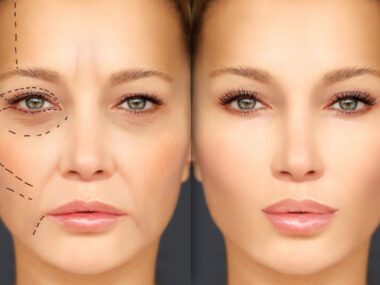The common cold, often simply referred to as a “cold,” is a viral infection that primarily affects the upper respiratory tract, including the nose and throat. It is one of the most widespread and frequent illnesses experienced by humans.
Causes
- The common cold is caused by various viruses, with rhinoviruses being the most common culprits. Other viruses, including coronaviruses, adenoviruses, and enteroviruses, can also lead to cold symptoms.
- The virus typically spreads from person to person through respiratory droplets when an infected person coughs, sneezes, or talks. You can also contract the virus by touching a contaminated surface and then touching your mouth, nose, or eyes.
Symptoms
- Cold symptoms can vary, but common signs include:
- Runny or stuffy nose
- Sneezing
- Sore throat
- Coughing
- Mild headache
- Fatigue
- Low-grade fever (rare in adults, more common in children)
- These symptoms usually appear 1 to 3 days after exposure to the virus and typically last for about 7 to 10 days.
Treatment
- The common cold is usually a self-limiting condition, and there is no cure. Treatment primarily focuses on relieving symptoms and includes:
- Rest and plenty of fluids to stay hydrated.
- Over-the-counter (OTC) medications, such as decongestants and pain relievers, to alleviate symptoms.
- Cough drops or lozenges to soothe a sore throat.
- Use a humidifier or vaporizer to moisten the air and relieve nasal congestion.
Prevention

- Preventing the common cold is challenging, but some strategies can reduce your risk:
- Frequent handwashing with soap and water for at least 20 seconds.
- Avoid close contact with infected individuals.
- Disinfect frequently touched surfaces, such as doorknobs and countertops.
- Avoid touching your face, especially your eyes, nose, and mouth.
- Practice good respiratory hygiene, like covering your mouth and nose when you cough or sneeze.
Complications
- The common cold is usually a mild and self-limiting illness. However, it can lead to complications in some cases, such as:
- Secondary bacterial infections, like sinusitis or ear infections.
- Exacerbation of underlying respiratory conditions like asthma.
- Pneumonia, although this is rare.
Distinction from COVID-19
- The common cold shares some symptoms with COVID-19, caused by the SARS-CoV-2 virus. Both can cause respiratory symptoms like cough and sore throat. However, COVID-19 can have more severe symptoms, including shortness of breath, fever, and loss of taste or smell. If you suspect you may have COVID-19, it’s crucial to get tested and follow the appropriate public health guidelines.
Frequency and Impact
- The common cold is highly prevalent, with adults typically experiencing 2-4 colds per year, while children can have more.
- While it is generally a mild illness, it can lead to missed school or work days and has a significant economic impact due to healthcare costs and lost productivity.
In summary, the common cold is a viral infection of the upper respiratory tract that is highly contagious and causes a range of mild symptoms.
While it is typically self-limiting and resolves without medical treatment, it is important to take precautions to reduce the risk of spreading the virus and to manage the symptoms for comfort.










